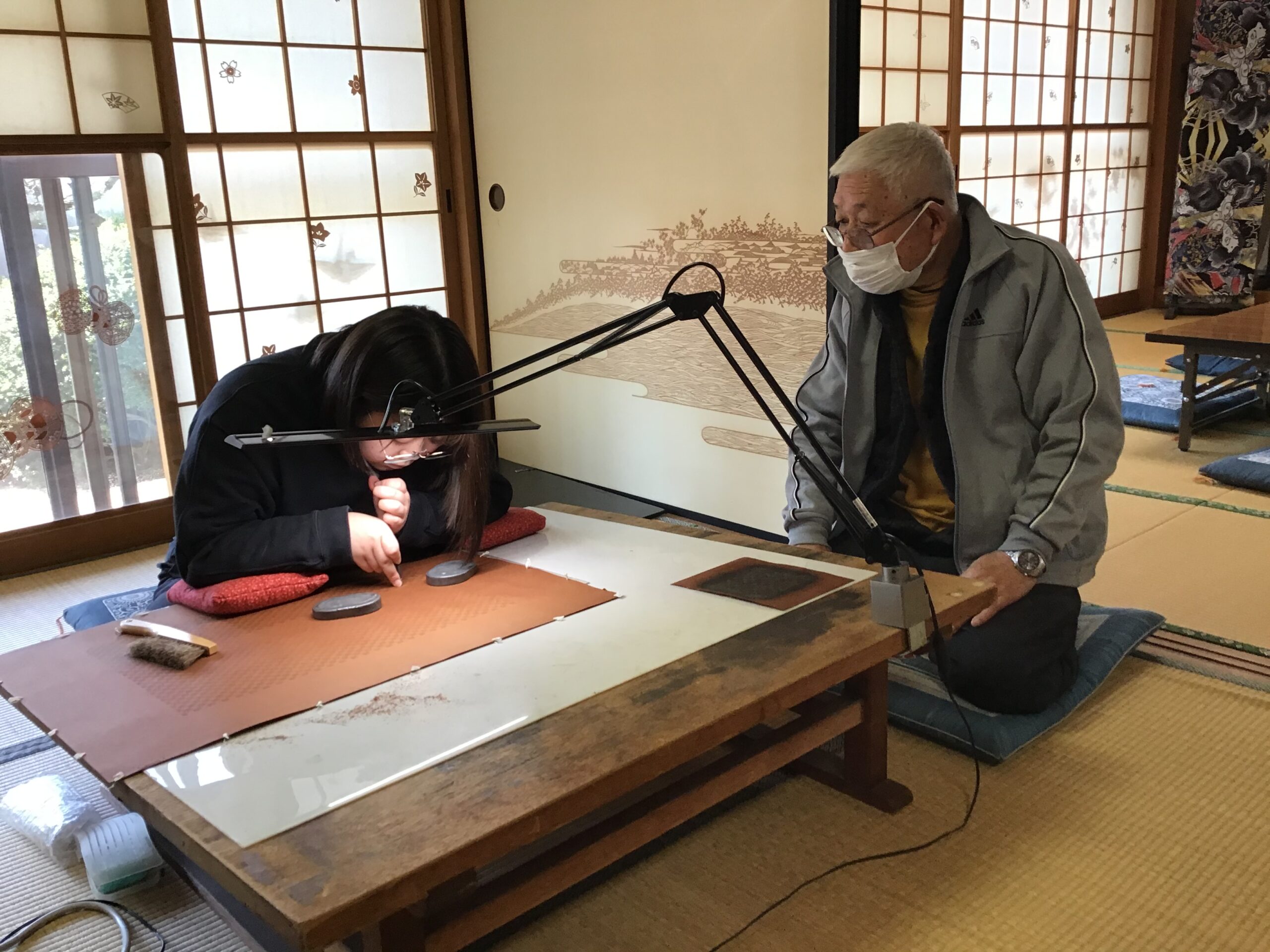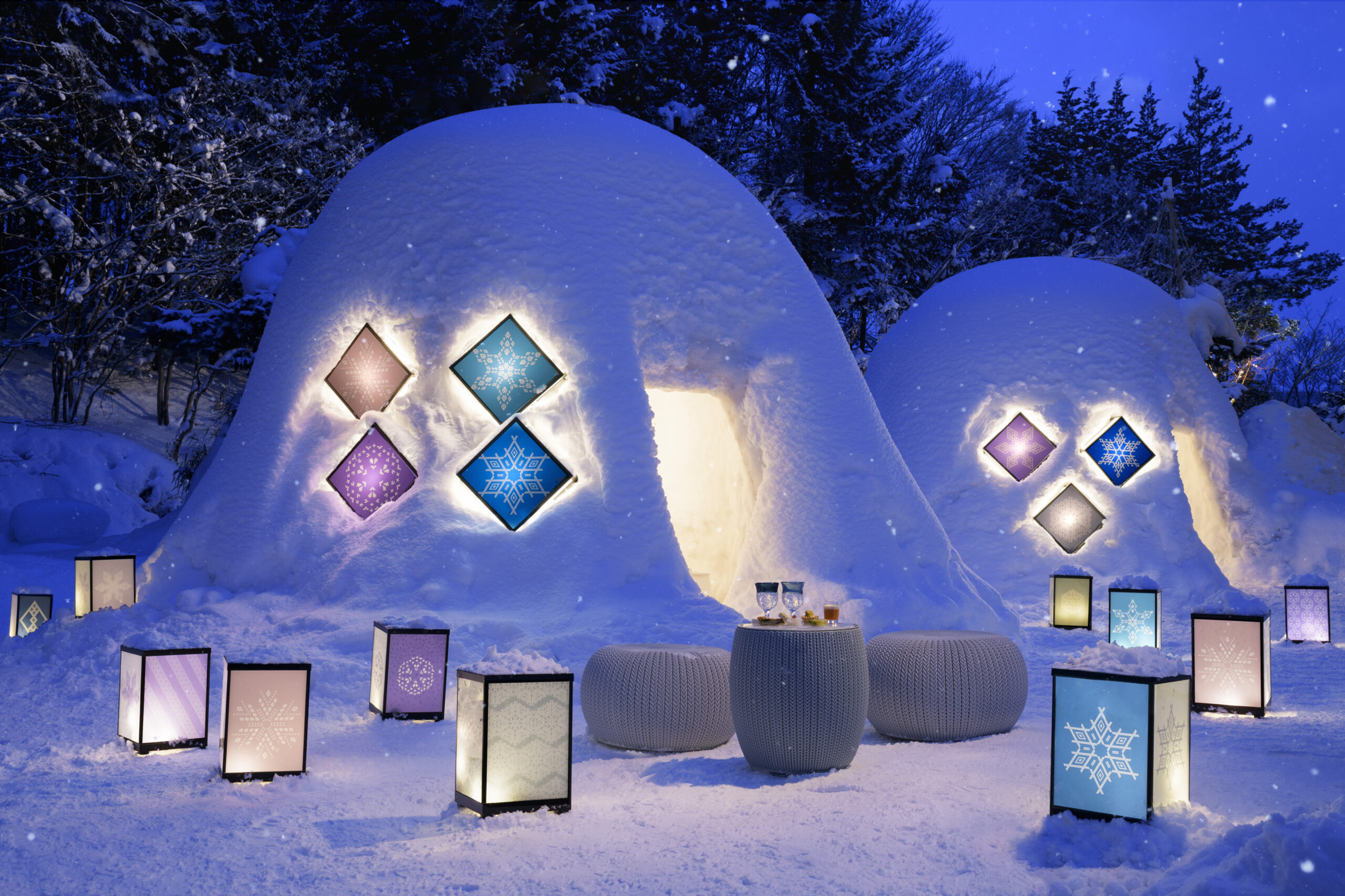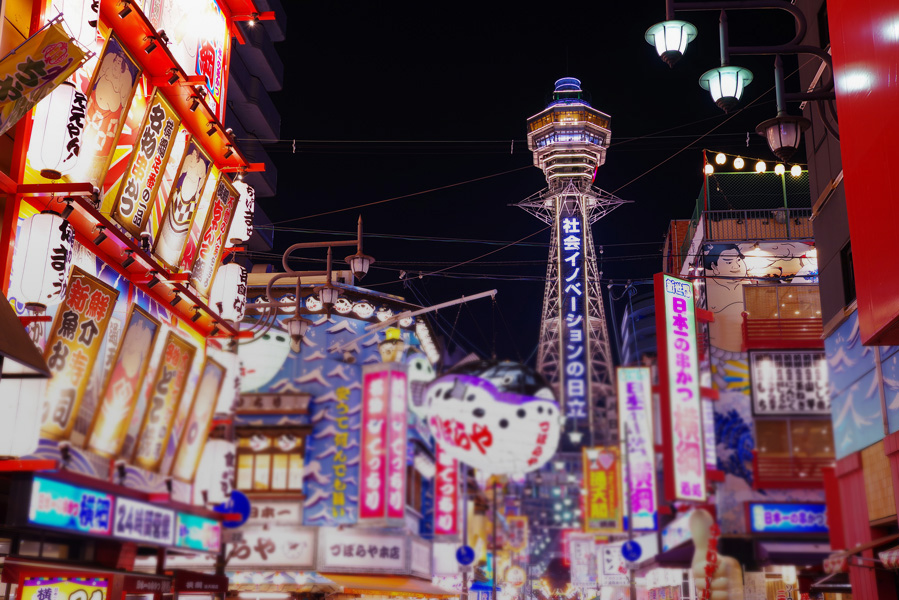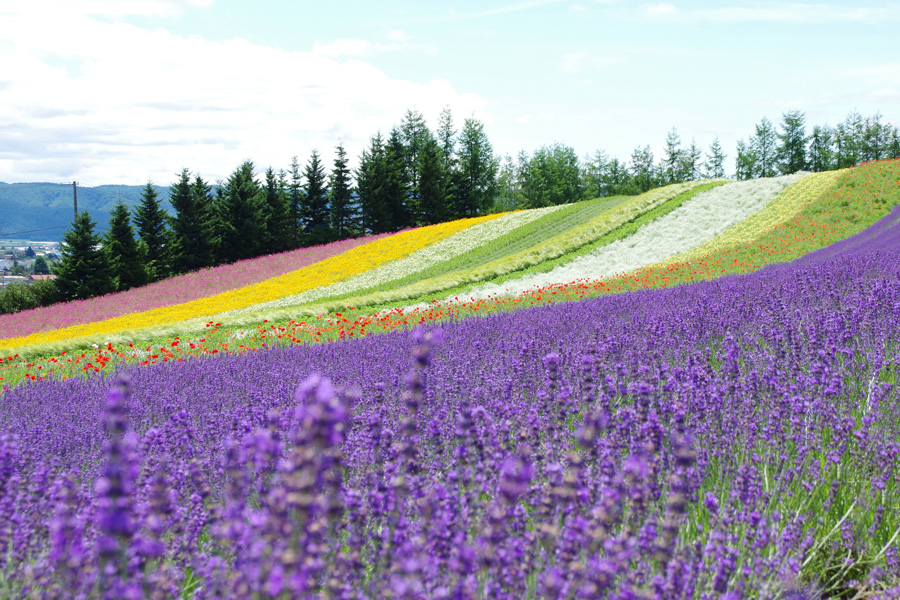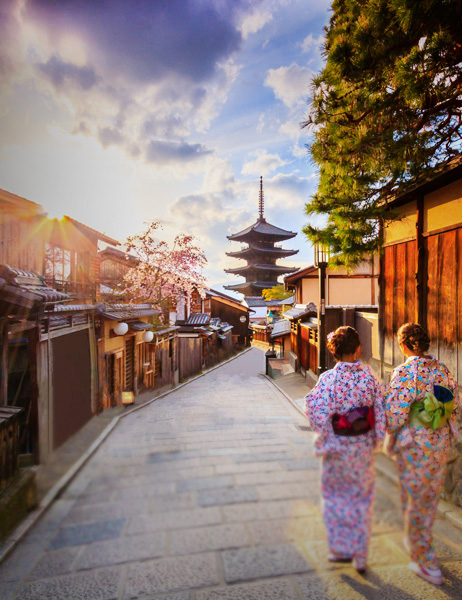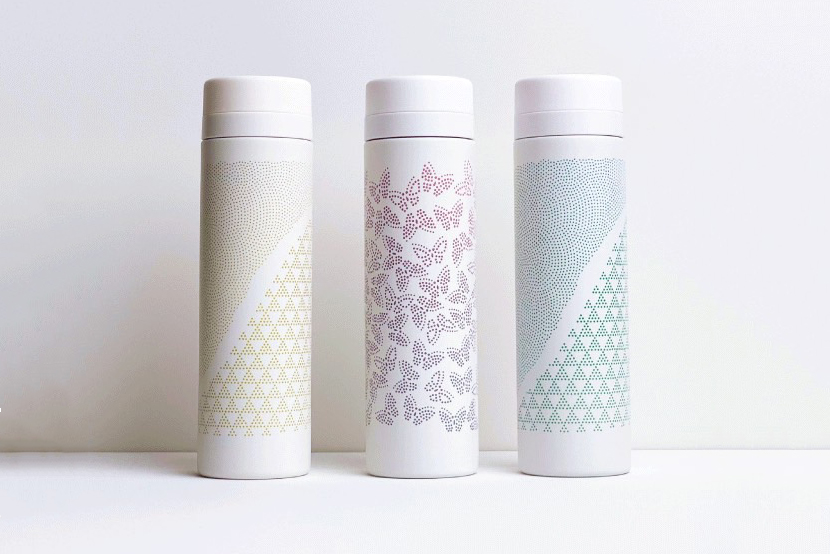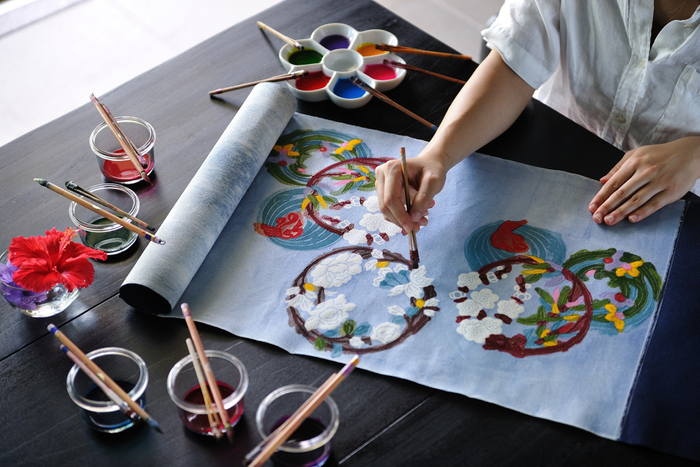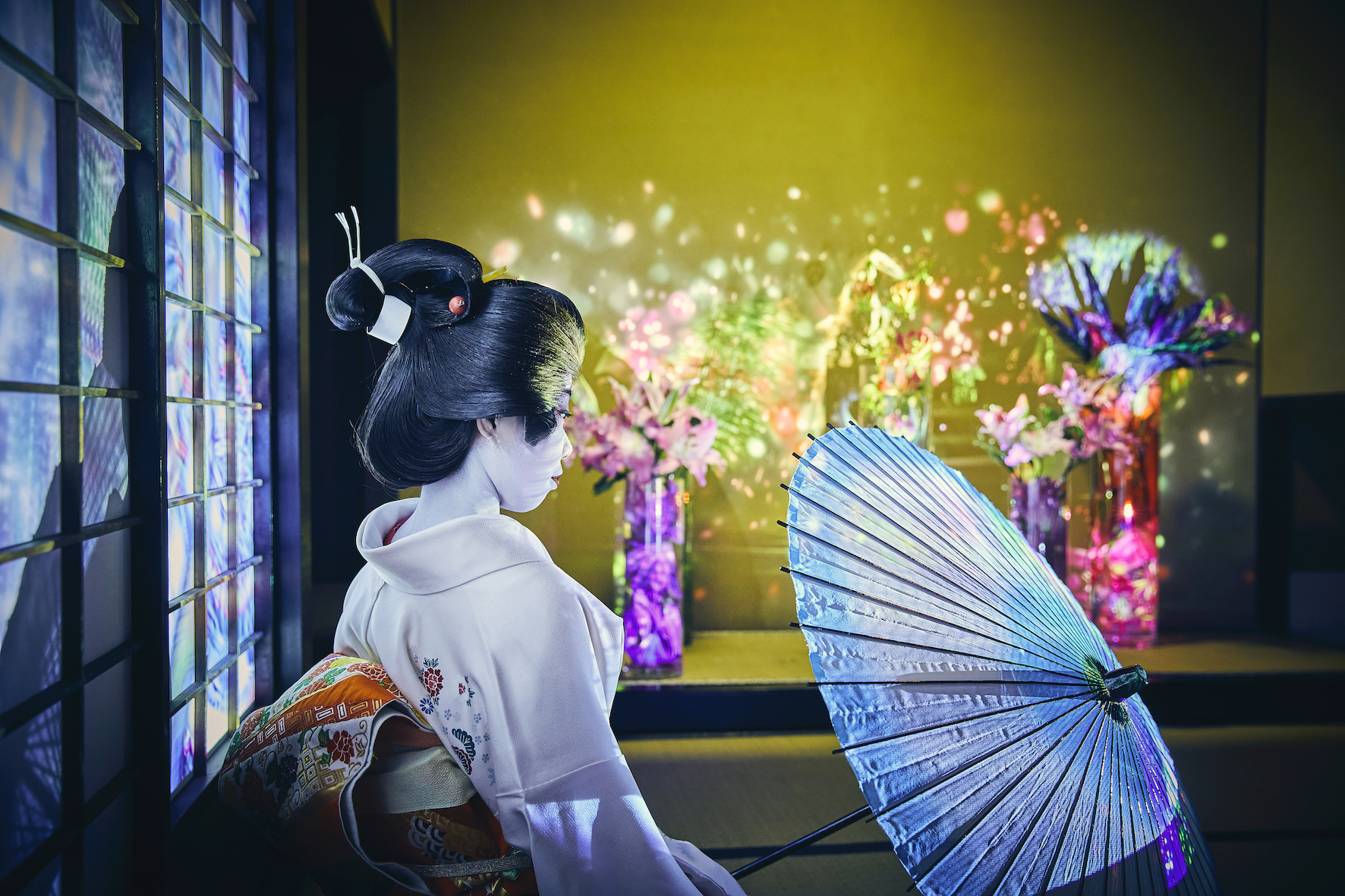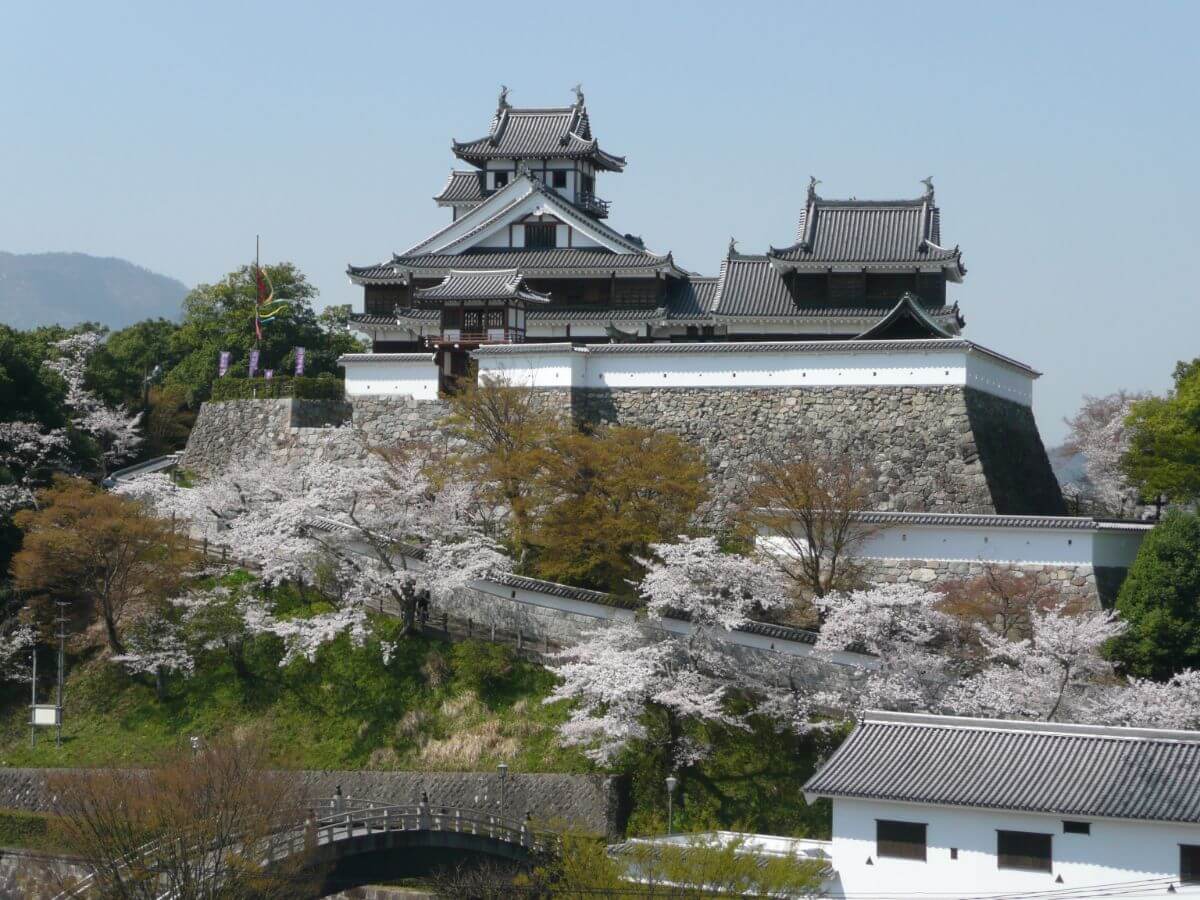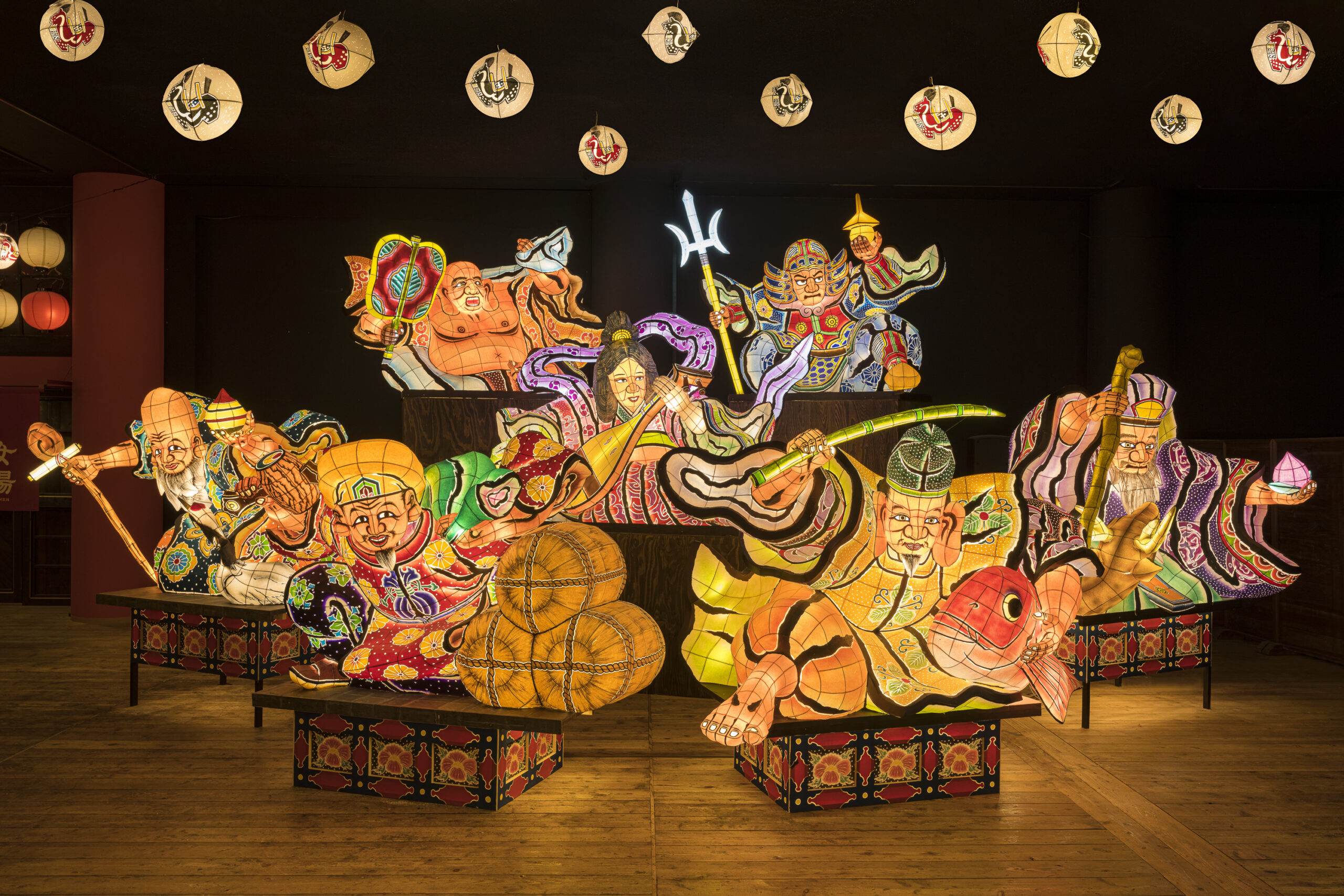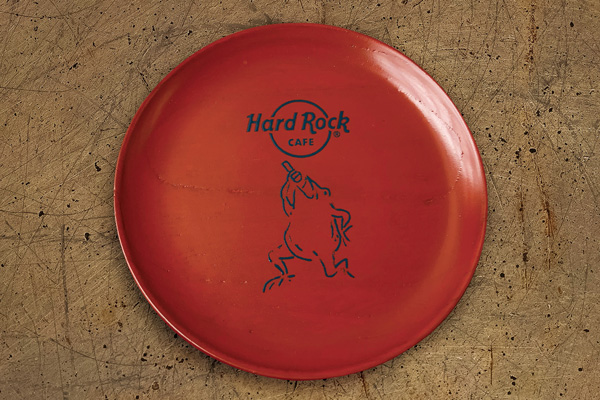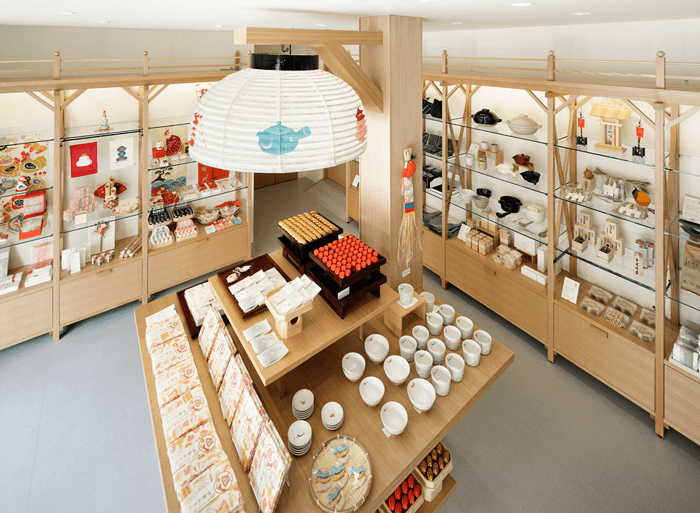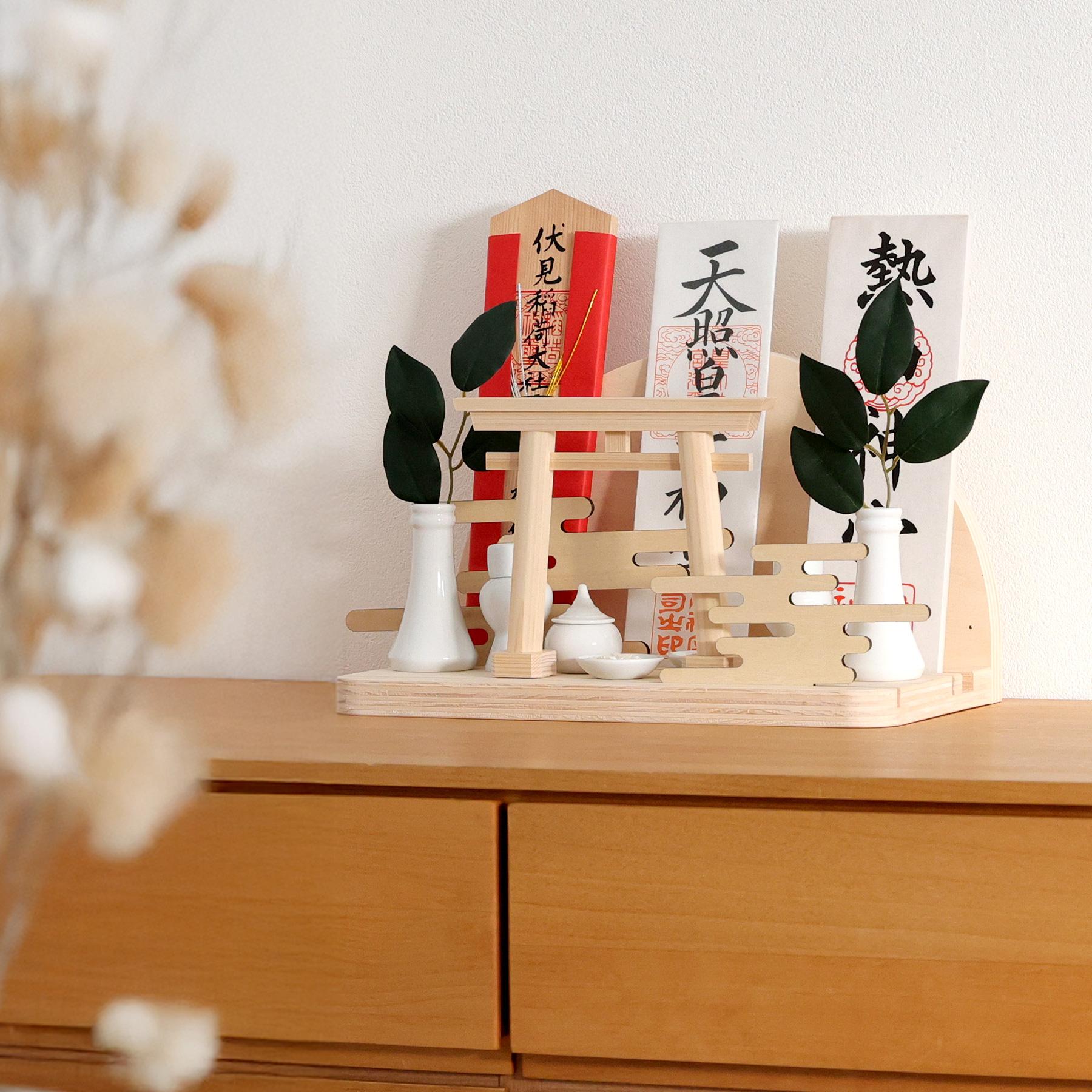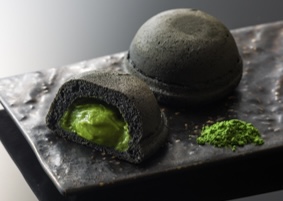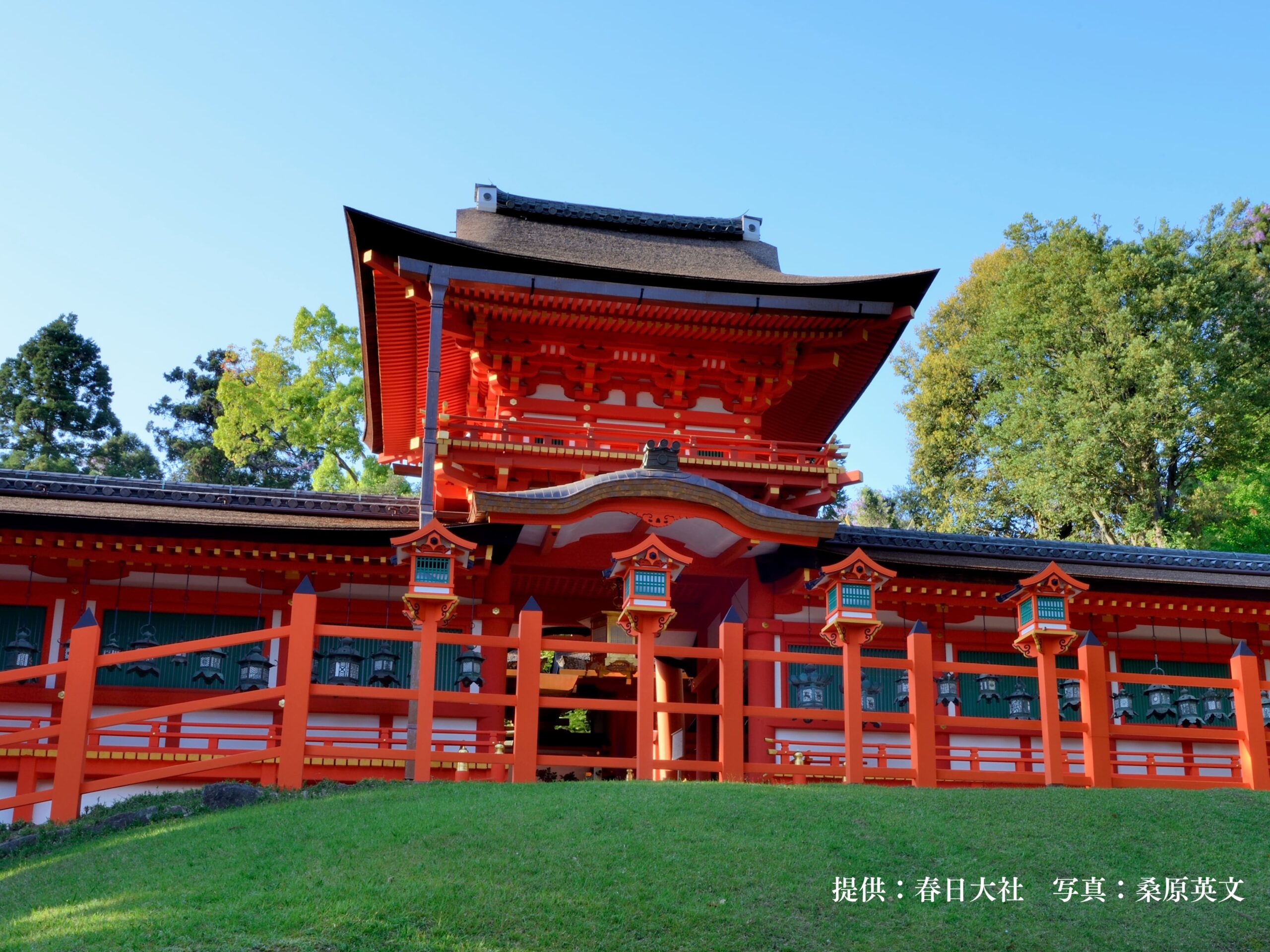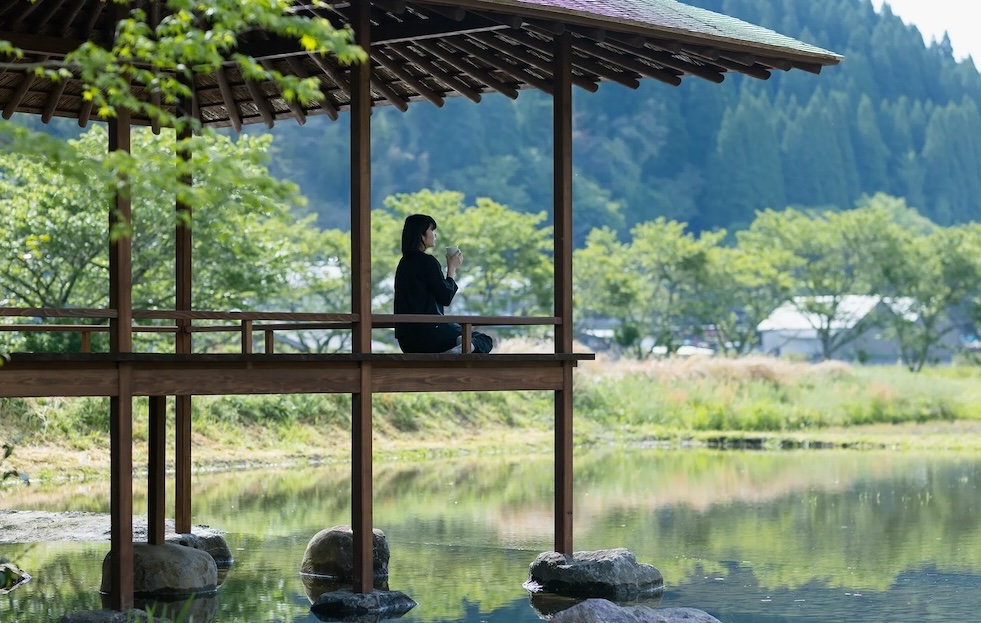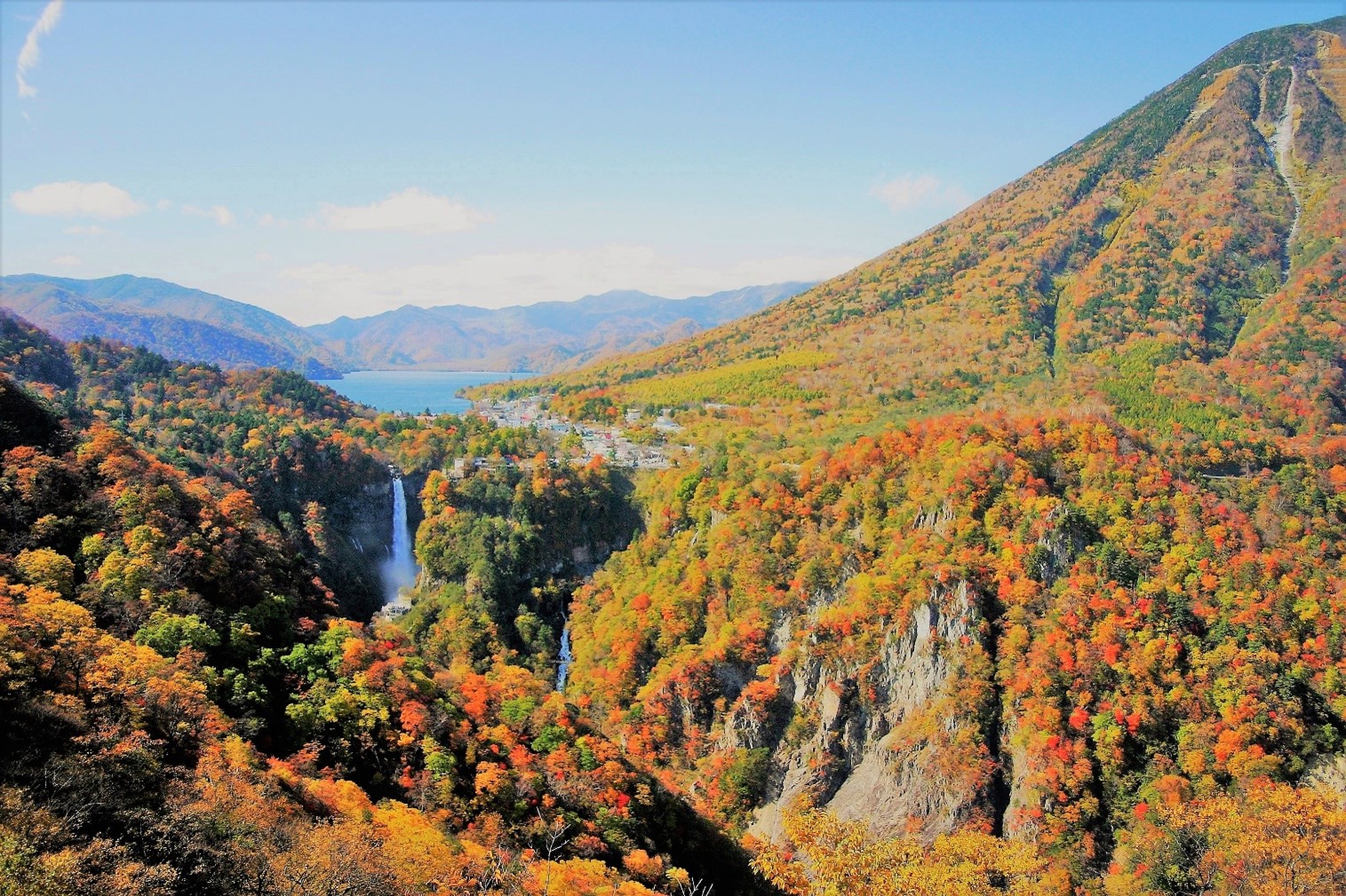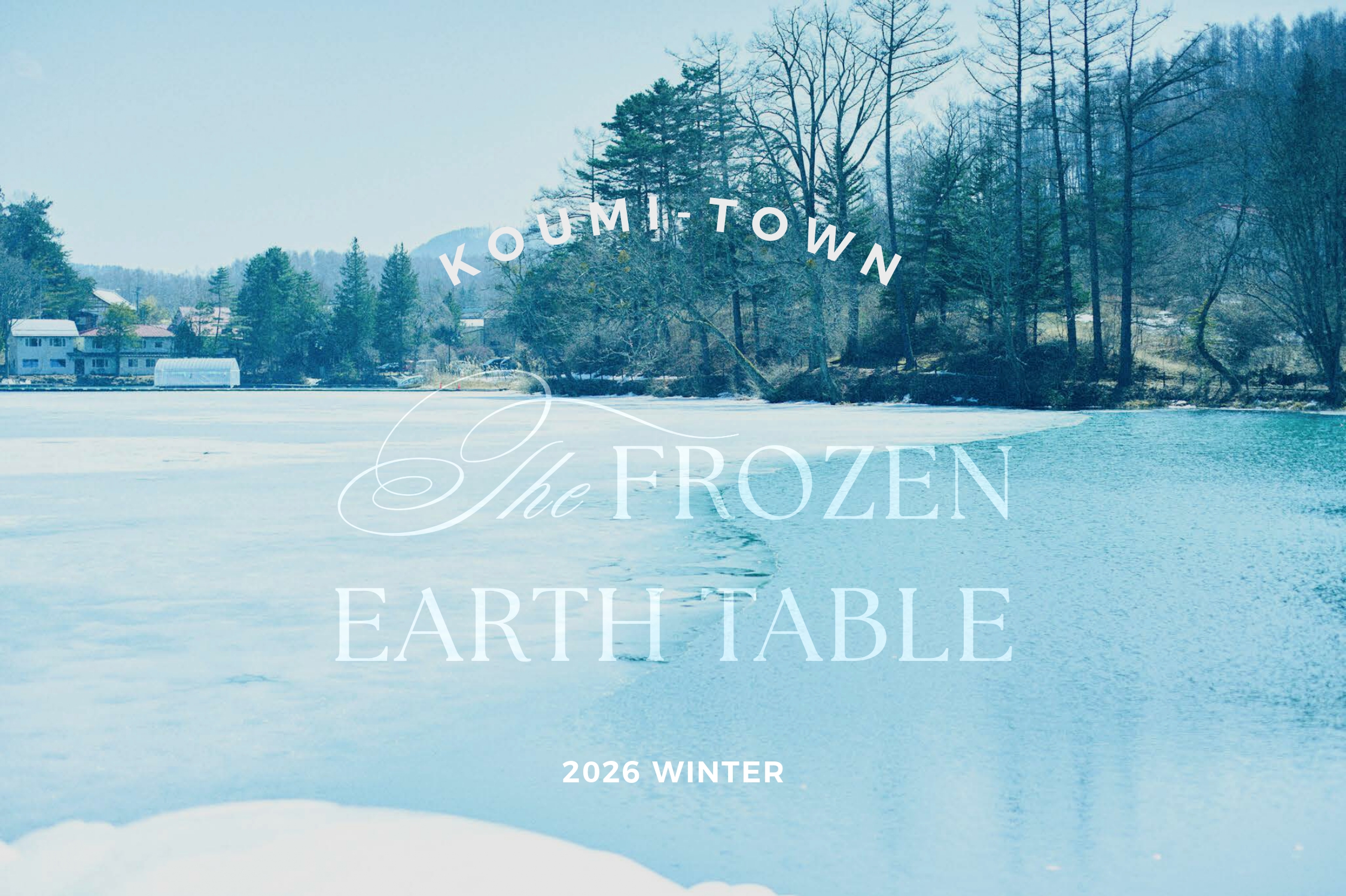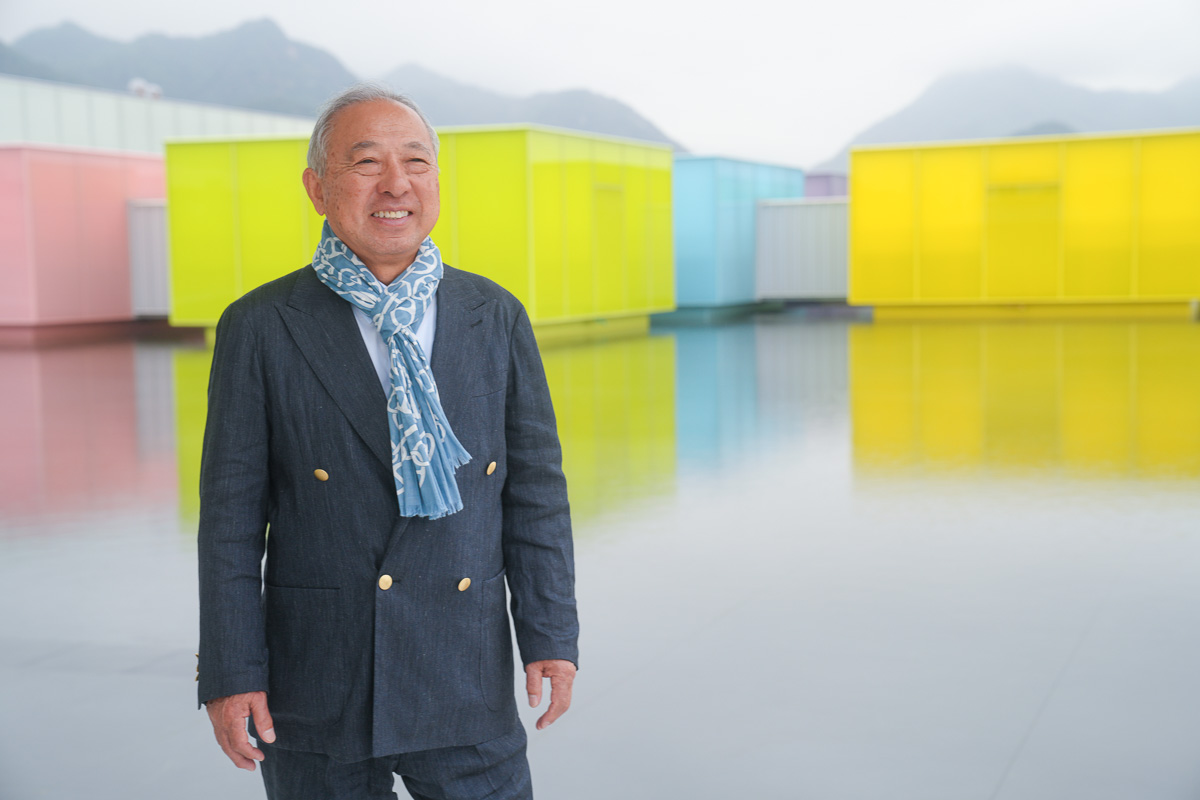Traditional crafts are declining nationwide, partly because of a shortage of successors (lack of education costs).
Hitomi Kaneko, a young craftsman, will start a new challenge using Ise katagami so as to keep up with Japan’s world-class traditional techniques, traditional culture, and traditional crafts.
The “Amulet Bottle” that protects the environment and body is on sale from 4/21 (Thu) at crowdfunding.
About amulet bottles
“Shark Komon” and “scale pattern” each have the meaning of “protecting”.
In addition, we designed it with the idea of protecting ourselves from dryness by diligently hydrating, reducing the consumption of plastic by carrying our own bottle, and protecting the earth from the deterioration of environmental problems.
Amulet bottle "shark and scales"
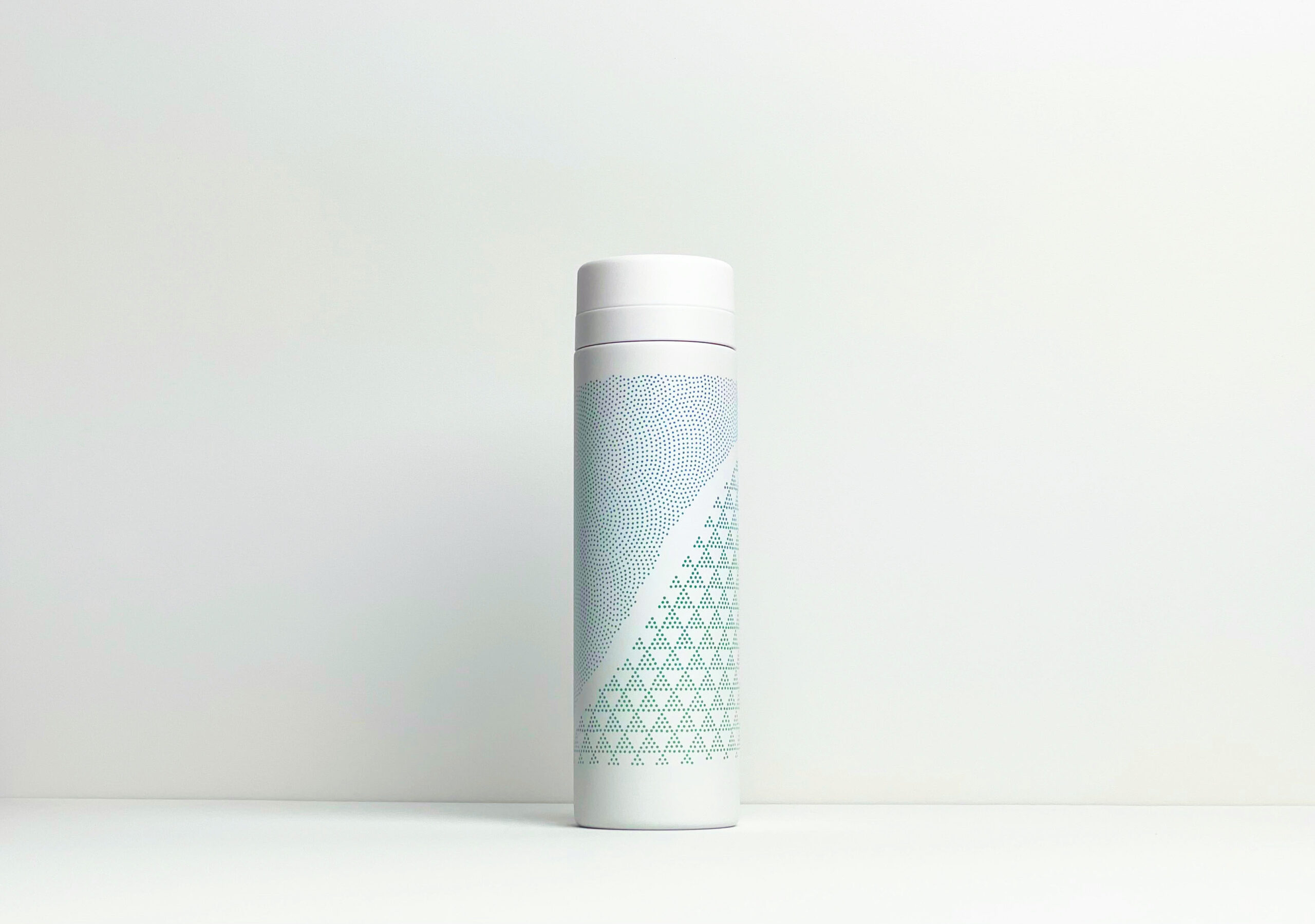
A thermo-stainless steel bottle with shark komon and scales pattern into the shape of a leaf.
Available in 2 colors.
Blue Green: The gradation is based on the image of the blue of the Suzuka city emblem, the Mie prefecture flag and the green of tea.
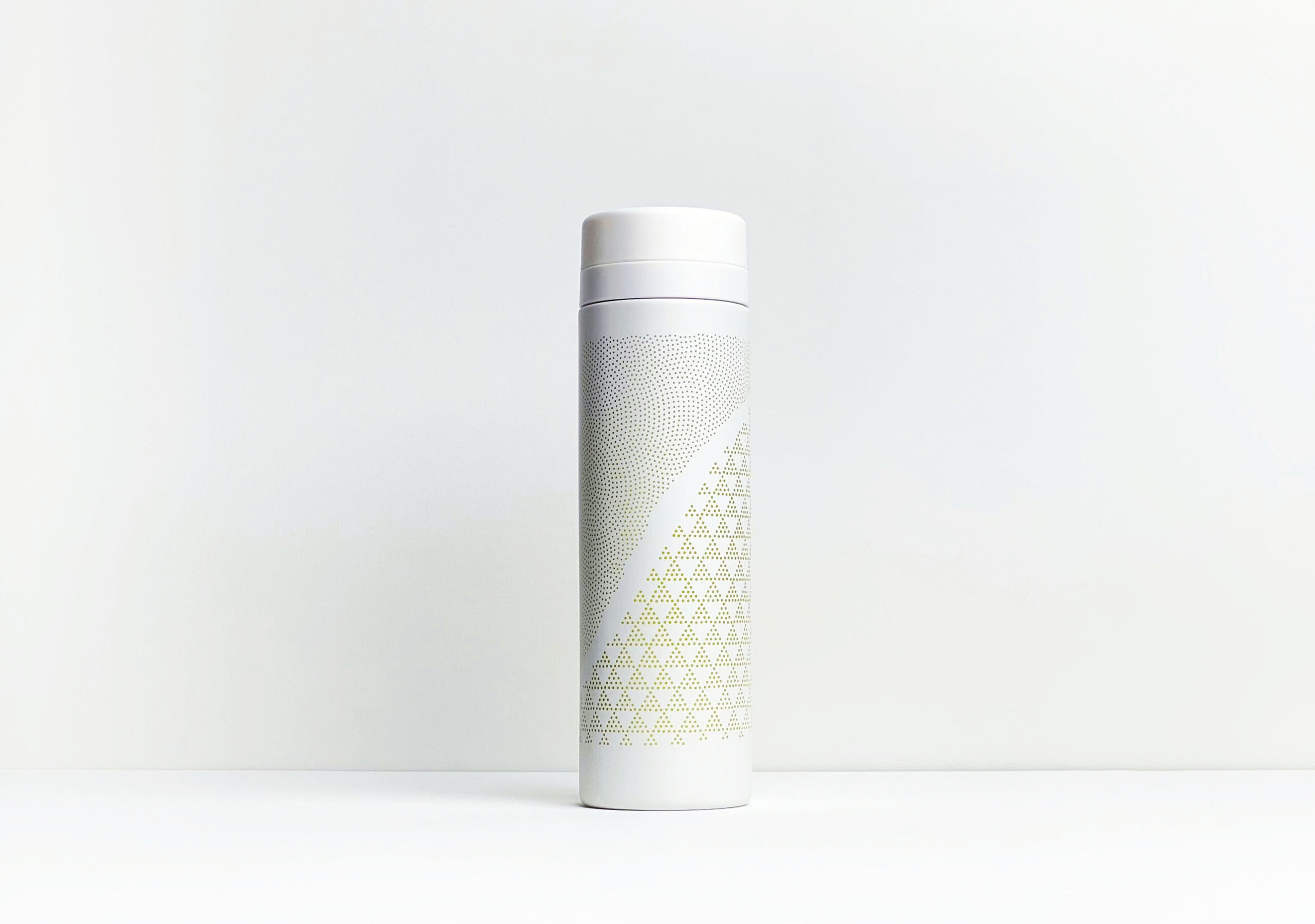
Gold Yellow: The color scheme is based on the image of “a product using traditional crafts that is easy for women in their 20s and 40s to carry and use everyday.”
Amulet bottle "Butterfly Dance"
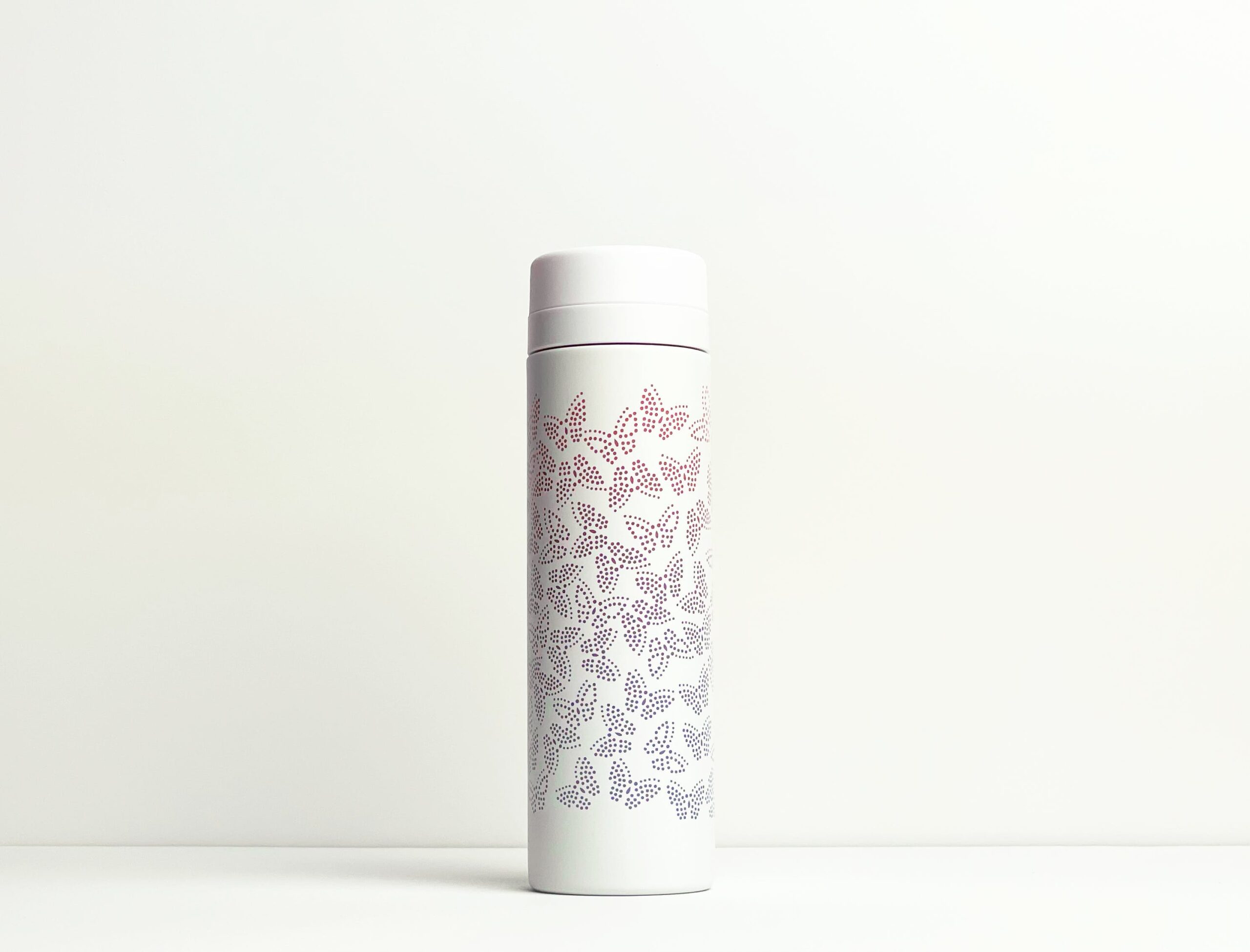
The butterfly pattern is expressed in pink and lilac gradation, resulting in a very cute finish.
The butterfly pattern is said to be a “symbol of longevity and immortality,” and has been used as an auspicious pattern in the sense of “wishing for healthy growth” from the appearance of pupae changing to butterflies.
Recommended for festive gifts.
>Click here for the project page
■ Hitomi Kaneko, a young craftsman of Ise katagami
Born August 15, 1998. Born in Ota City, Gunma.
In 2017, she studied Japanese paper, which is the raw material of Ise katagami, at the Department of Japanese Paper Crafts, Kyoto Traditional Crafts College.
April 2019 Started training as a disciple of Toshiaki Miyahara, a drill carver in Shiroko, Suzuka City.
April 2022 Launched the first commercialized “Amulet Bottle” after three years of training.
■ What is Ise katagami?
Yuzen, yukata, komon and other patterns are used to dye kimono fabrics, and are traditional crafts (tools) boasting a history of more than a thousand years.
A kimono pattern is carefully carved out from Japanese paper (pattern base paper) with a chisel, and advanced techniques are required to make the pattern.
Nowadays, the demand for paper patterns is decreasing because they are dyed using new technology as well as kimono.
Therefore, the number of paper pattern companies is decreasing.
Mold dealers and carving craftsmen who sell molds are exploring new ways of using them, and are trying to apply them to lighting fixtures and building fixtures.
Currently, there are about 20 Ise katagami craftsmen, and the average age is about 70 years old.
There are four techniques for Ise katagami, of which the Kiribori craftsman is Kaneko’s master, Toshiaki Miyahara.
* The number of people and average age are approximate.
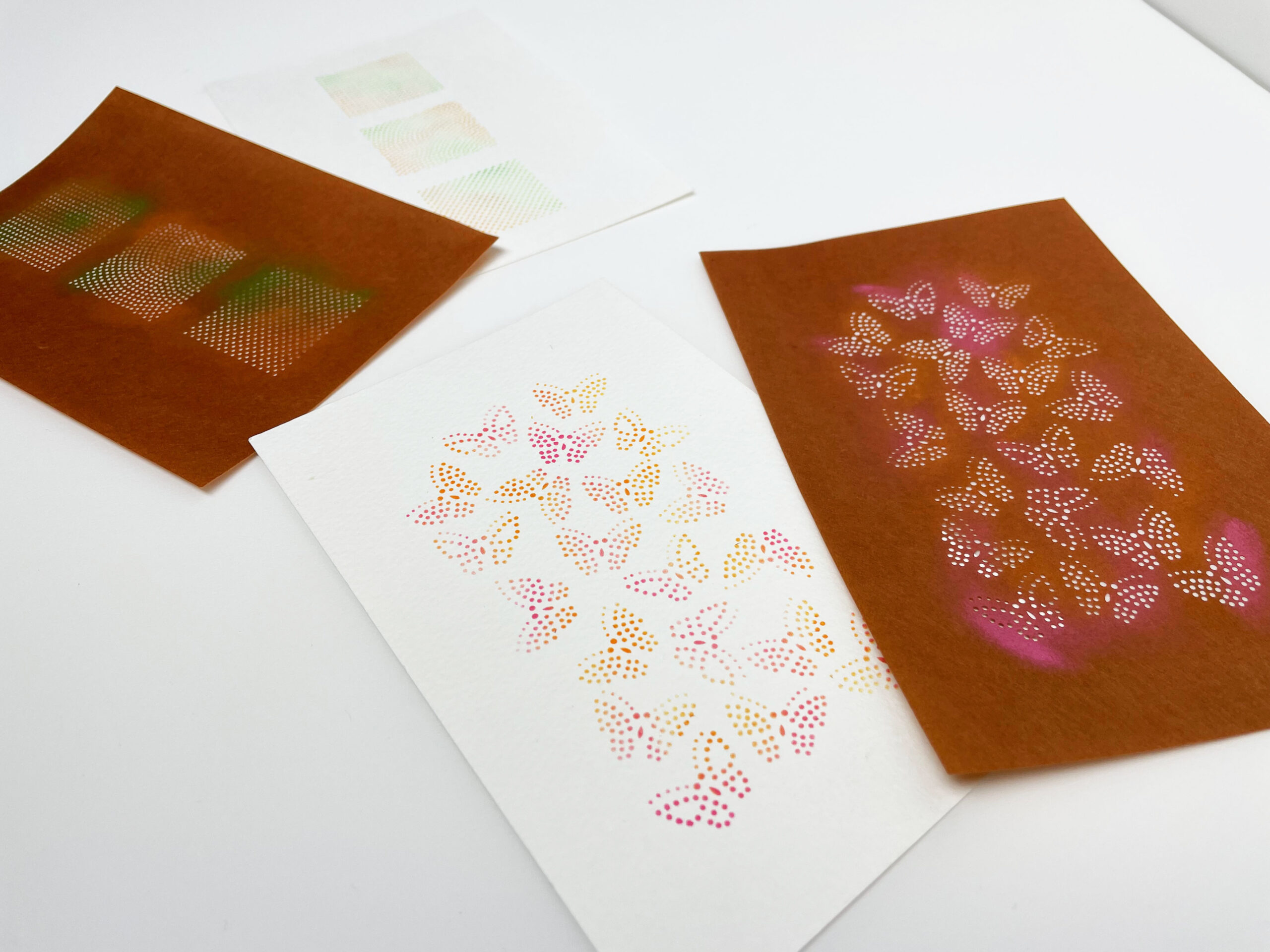
■ About Kiribori
There are various types of carving techniques such as shark komon, gyougi, toshi, and arare.
An engraving blade with a semi-circular cutting edge is erected vertically on the base paper, and a small hole is carved while rotating the engraving blade.
There is also a work in which about 100 holes are carved in 1 square centimeter, which is said to be a difficult technique because of the monotonous pattern.
